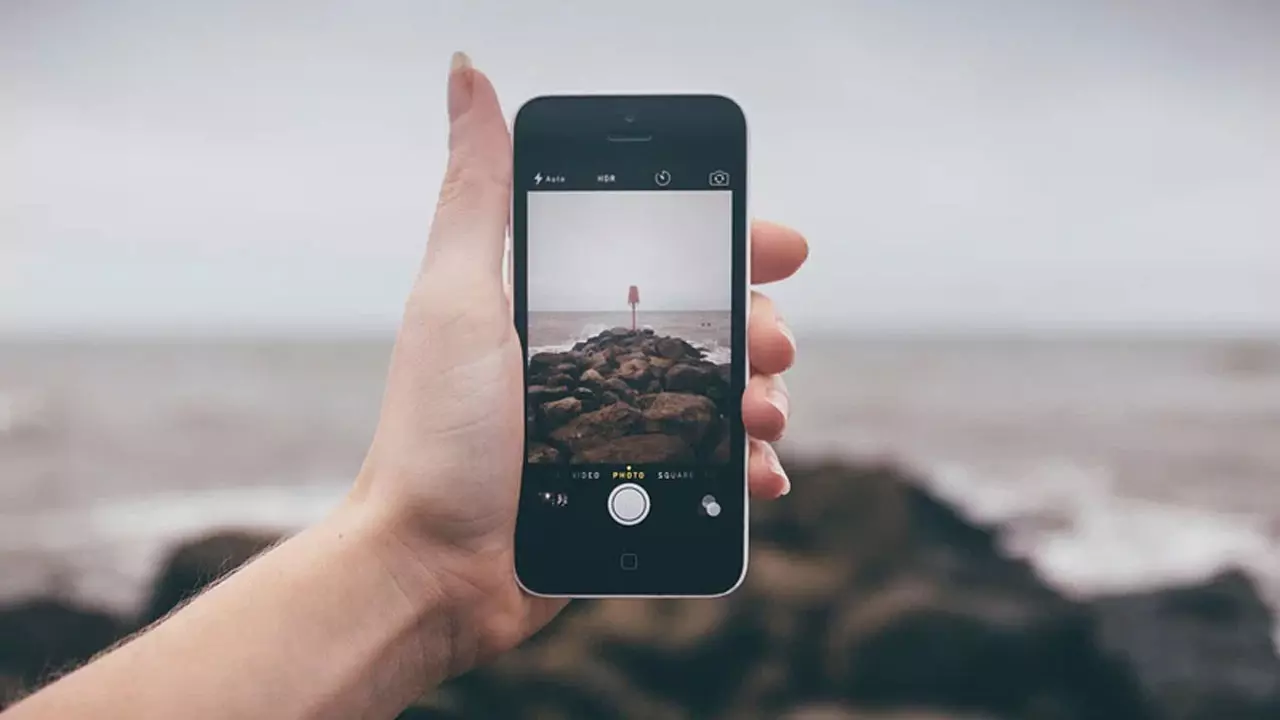In today’s digital age, the pervasive presence of cameras in mobile devices poses a potential threat to user privacy. Cybercriminals can exploit vulnerabilities to gain unauthorized access to a device’s camera, enabling them to spy on unsuspecting individuals. In this guide, we’ll explore how hackers infiltrate mobile phones to access the camera and offer proactive measures to fortify your security and protect your privacy.
Understanding the Threat: Mobile devices feature multiple cameras, making them vulnerable to exploitation by malicious actors. Whether through malware, software vulnerabilities, or pre-installed malicious apps, hackers can remotely activate a device’s camera without the user’s knowledge or consent, compromising privacy and security.
Methods of Camera Infiltration:
- Malware Deployment: Cybercriminals leverage malware to infect mobile devices and assume control of the camera. Malicious files or applications, distributed via email attachments, fake updates, or fraudulent downloads, can serve as vehicles for malware propagation.
- Exploitation of Vulnerabilities: Vulnerabilities within device software or third-party applications provide entry points for unauthorized camera access. Attackers exploit these weaknesses to infiltrate devices remotely, circumventing security measures and compromising user privacy.
- Abuse of App Permissions: Legitimate applications granted access to the camera may unwittingly serve as conduits for surveillance. Exploiting vulnerabilities within authorized apps allows hackers to hijack camera functionality without detection, posing a significant threat to user privacy.
Recognizing Signs of Compromise: Detecting unauthorized camera access poses challenges, as covert surveillance may occur without visible indicators. However, users should remain vigilant for suspicious activity, such as unexplained app installations, device malfunctions, rapid battery depletion, or unusual system behavior.
Protective Measures:
- Source Authentication: Exercise caution when installing applications, favoring official app stores like Google Play to mitigate the risk of malware infiltration. Verify the legitimacy of software sources to minimize exposure to malicious apps and protect device integrity.
- Deploy Security Software: Implement reputable antivirus solutions tailored for mobile devices to detect and neutralize malware threats effectively. Regular scans help identify and remove malicious software, safeguarding against unauthorized camera access and preserving user privacy.
- Maintain Software Updates: Prioritize the installation of software updates for both the operating system and installed applications to address known vulnerabilities and enhance device security. Timely updates mitigate the risk of exploitation by cybercriminals, bolstering overall system resilience.
Conclusion:
Safeguarding against mobile camera hacking requires a proactive approach to security and privacy protection. By adopting preventive measures such as sourcing applications from reputable sources, deploying robust security software, and maintaining software updates, users can fortify their defenses against malicious intrusion and preserve their privacy in an increasingly interconnected digital landscape.

